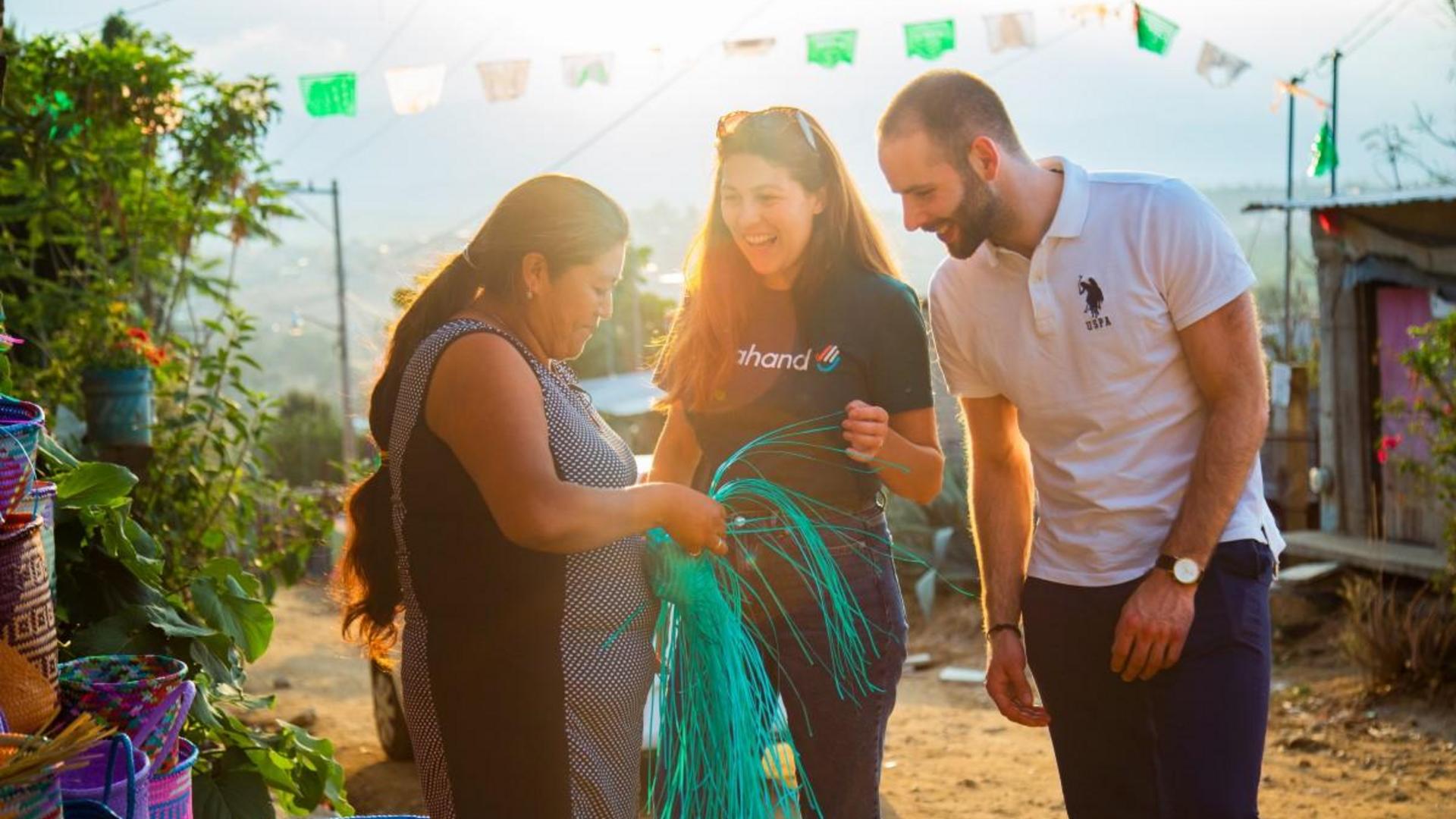
How does a new project come on the platform?

Written by Lynn Hamerlinck on 17 October 2022
One of the most frequently asked questions is how Lendahand selects new projects for our platform. What happens behind the scenes before a project is available for you to invest in? What does the due diligence process look like?
As a crowdfunding platform for entrepreneurs in developing countries, we work to offer a diverse portfolio of companies and financial institutions to our crowd of investors. Through Lendahand, these impactful businesses and organizations can access financing at a lower interest rate than typically available.
Our Investments Team is responsible for monitoring existing investment opportunities and for finding, screening, and monitoring new offers for you as an investor.
How does Lendahand go about it?
A thorough investigation precedes the admission of a financial institution or business on the Lendahand platform. As a social enterprise, we place quality over quantity. As a result, it sometimes takes months (up to a year) before a new company or organization appears on our platform. In doing so, we want to guarantee as much as possible that our crowdfunding activities actually reach those entrepreneurs who need it most and that the financing affects them positively.
Due Diligence and Approval Process
Lending to companies is done only and exclusively after extensive due diligence and both internal and external approval processes. This process consists of 14 steps, written out in detail on the page ‘How does Lendahand select new projects for the platform?’.
Broadly speaking, the process of selection and launch has four phases:
- Introduction: screening of impact and gathering financial documentation
- Negotiation: preliminary due diligence and first offer
- Know Your Customer: KYC and approval by our Payment Service Provider (Intersolve)
- Approval and Completion: estimating risks, impact, and financial analysis, recommendations from Credit Committee and Impact Committee
Once a new borrower is approved, our team periodically re-evaluates the borrowers’ operations. The questions for these checks are also written on the extensive page about the selection of projects.
Unfortunately, it’s impossible to prevent a potentially negative effect from slipping through the analysis, but generally, we base our opinion on company policies, trust in management with whom we have extensive personal contact, and talking to customers when we visit. During these visits, we always try to visit at least 5 randomly selected entrepreneurs.
The Lendahand Commitment
Lendahand is fully committed to minimizing the risk of overburdening the end customers of financial institutions in our portfolio by following the roadmap described above. We believe in the concepts of crowdfunding and microfinancing - if done fairly and affordably - to create a prosperous and equal world.
